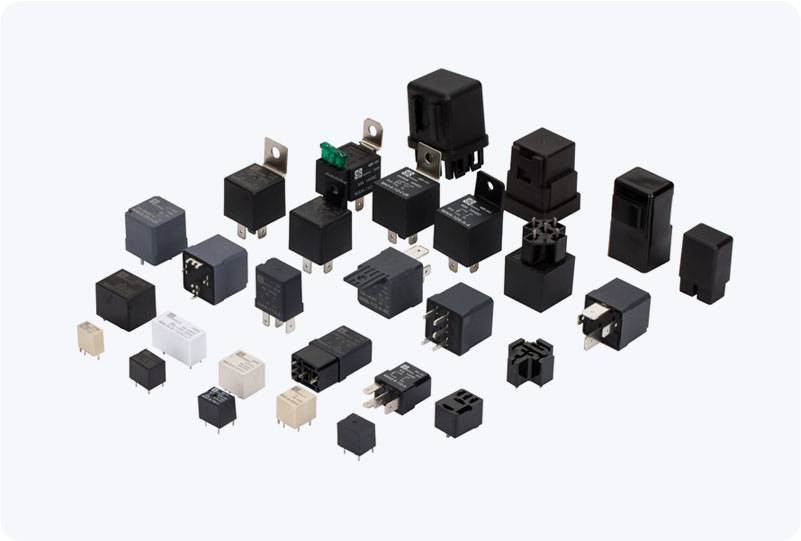High Current Relays (HCRs) are crucial components in modern electrical and electronic systems. Designed to switch high current loads with low control currents, these relays ensure the smooth operation of various devices and systems, ranging from industrial machinery to household appliances. In this article, we will explore the structure, working principle, and applications of High Current Relays, as well as their importance in safeguarding electrical equipment.

What is a High Current Relay? A High Current Relay is an electromechanical device used to control the flow of high currents in electrical circuits. It is typically employed in situations where switching large electrical loads is required but only a small control voltage or current is available. HCRs are commonly used in applications where electrical circuits need to be isolated from one another, and where high current handling is essential for the proper functioning of the system. These relays are particularly effective in scenarios where manual switching would be inefficient or dangerous. Instead of directly manipulating high-power devices, engineers use High Current Relays to remotely switch the power on or off. This significantly reduces the risks associated with handling high voltages and currents.